Welcome to the Future: SenseCAP LoRaWAN Devices Deployed for Poultry Farming Accelerate Sustainable Animal Husbandry
By Ye Seong SHIN 4 years agoSmart Poultry Farming Project depicts how SenseCAP LoRaWAN gateway and sensors are transforming the traditional animal husbandry industry sustainably, by harnessing IoT environmental sensing and monitoring for environmental variables of poultry farms. This Project seeks to advance the UN’s SDGs 2, 3, 4, 8, 6, 7, 9, 12, 13 and 17.
Project Name: Smart Poultry Farming Project
Deployment Location: Hebei, China
Targeted Industry Type: Animal Husbandry
Project Partner(s): 
Notwithstanding that the agriculture industry has drastically undergone revolutions more than 50 years, the present industry landscape is in its early years of fully adapting to yet another mind-boggling transformation: “data and connectivity”. As McKinsey & Company pinpoints, connected sensors of IoT, AI, big data analytics, and other emerging technologies are anticipated to improve resource-efficiency, augment economic yields, and prioritize sustainability and resilience dimensions for animal husbandry. (Goedde et al, 2020).
By 2050, the world’s population is estimated to reach 9.7 billion (UNDESA, 2019), and this upcoming era is unfolding an unexpected (or expected) trail of events, like climate change with dramatic weather changes, increasing human consumption, global water and sand shortage, and unfounded pandemics all over the world. It is true that these unfortunate events make us, as consumers, to reflect upon our unsustainable and laissez-faire attitude towards the environment and the planet. Yes, this is exactly one of the reasons why we are pursuing ethically-sound and sustainably-produced food, including poultry farming. (Perez-Cueto, 2020). Therefore, animal agriculture industry players are motivated to collaborate with ICT industry players, like us, to learn and apply existing and upcoming connectivity technologies like IIoT solutions to their farms, for their industry contains many uncontrollable variables by manual labor (Figure 1).
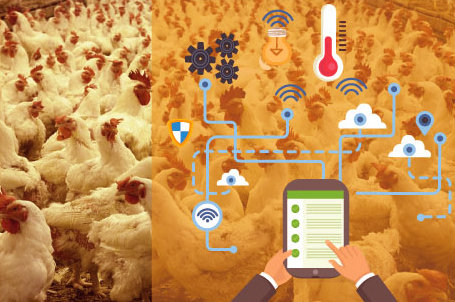
Figure 1. Example of IoT Solution in Animal Husbandry (Proximvo, 2018)
What’s the Challenge?
How to technologically and sustainably up-scale animal husbandry industry, which has cost-sensitive environmental attributes and uncontrollable variables?
What’s the Project About?
From October to December 2019, Kinghoo AgroTech collaborated with Seeed by deploying our SenseCAP Wireless LoRaWAN series of a gateway and sensors as an IoT solution for its poultry farms in Hebei Province of China. In total, 10 SenseCAP sensors were set up by 3 personnel from Kinghoo AgroTech within one day, to detect and monitor the farms’ environmental variables by preset intervals, so as to optimally safeguard the growth and health of chicks from all sorts of controllable and uncontrollable scenarios (Figure 2).
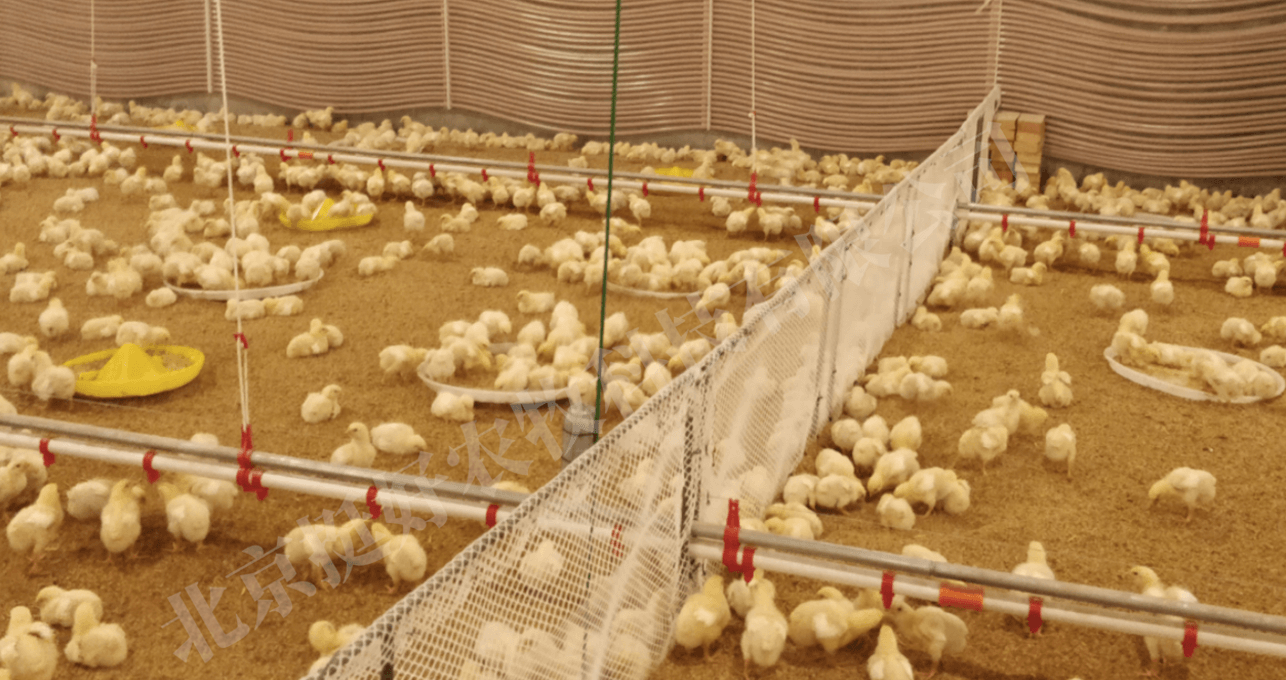
Figure 2. Poultry Farm of Kinghoo AgroTech
Founded in 2015, Kinghoo AgroTech is a smart farming solution provider for smart agriculture and animal husbandry in Beijing, with its dedication to “AI to Agro (A2A)” businesses. The company provides comprehensive and professional smart farming solutions to local farmers, by integrating advanced equipment and veterinary and nutritionist expertise. With a number of IPs and copyrighted softwares, the enterprise provides services like farm design services, farm equipment, disease prevention and diagnosis, IoT solutions, and software customization. The company independently developed an AI-diagnosis APP called “Kinghoo eFarmer”, which enables automatic diagnosis of animal diseases and robotic veterinary medicines. In 2019, it also developed a visualized management and analysis platform called “FRAMZAI” for analyzing the data of animal farms’ environmental conditions like feeding routine, and water supply real-time, among other things (Figure 3). Mr. Niraj Prajapati, the CEO of Kinghoo AgroTech, led his team to conduct research on intelligent breeding in China. Projects like intelligent transformation and new construction of poultry farms have won the heads and hearts of the service users and industry players, and the company was awarded the national high-tech enterprise certification in 2019. Previously, as a senior solution architect and data center designer, he worked in Avocent-Emerson, Dell, GITPL and other multinational companies.
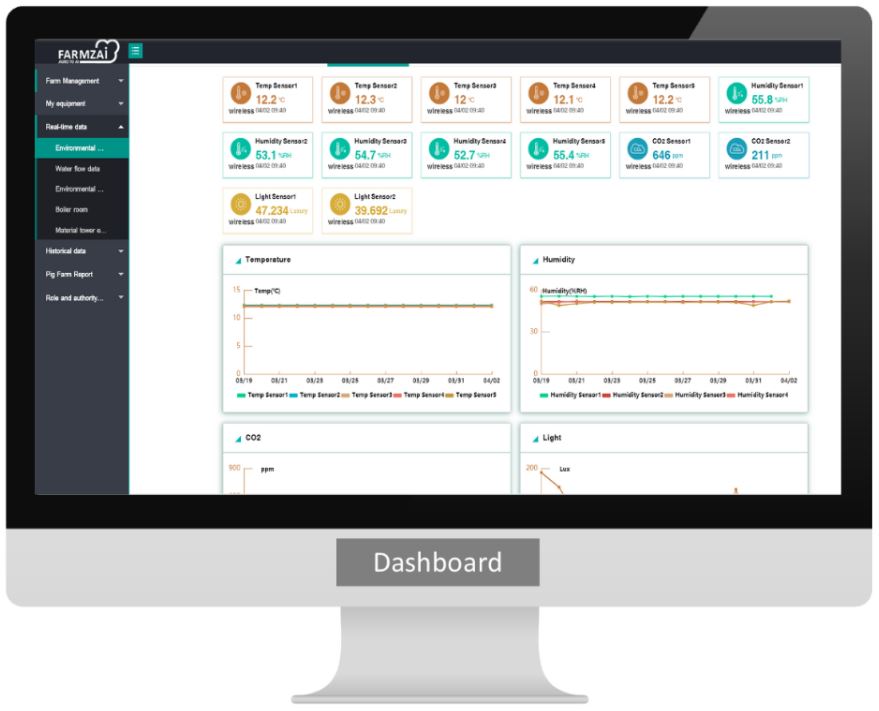
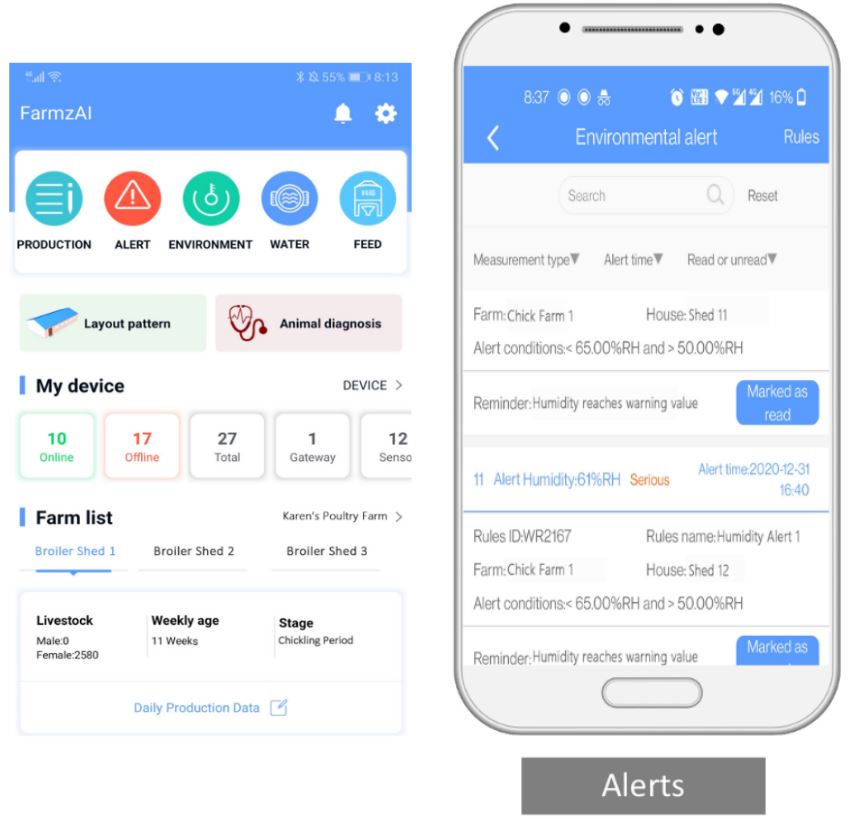
Figure 3. FRAMZAI Software Platform
ⓒ Kinghoo AgroTech
In poultry farming, animal feed, water, and appropriate farming environment are 3 vital conditions determining the growth and health of chicks. In poultry farming, from the birth of a chick to the time it goes to the production line, every chick’s lifespan is about 40 days. In these 40 days, a small chick grows to a 2.5kg fully-grown chicken, and then will be sent to slaughter houses for production. Now, each of these 40 days are crucial since the chicks grow on a daily basis, and each variety of chicken breed requires different environmental conditions, such as certain degrees of temperature, humidity, CO2. When 100 chicks are born, the mortality rate is approximately 20% during the first few days due to issues relating to water, nutrition, and environmental issues.
Due to the fact that poultry farming involves many cost-sensitive attributes, it has been difficult to maintain the return on investment (ROI) with manual labor alone. This issue has been challenging animal farmers, which is why Kinghoo AgroTech decided to apply our SenseCAP Wireless LoRaWAN series as a part of their FRAMZAI system for poultry farms and other livestock farms for monitoring and benchmarking the needs of the chicks at each stage of their growth (Figure 4). This also enables automated farm control in farmers’ absence, like correcting room temperature by increasing the fan speed or changing the light intensity level.
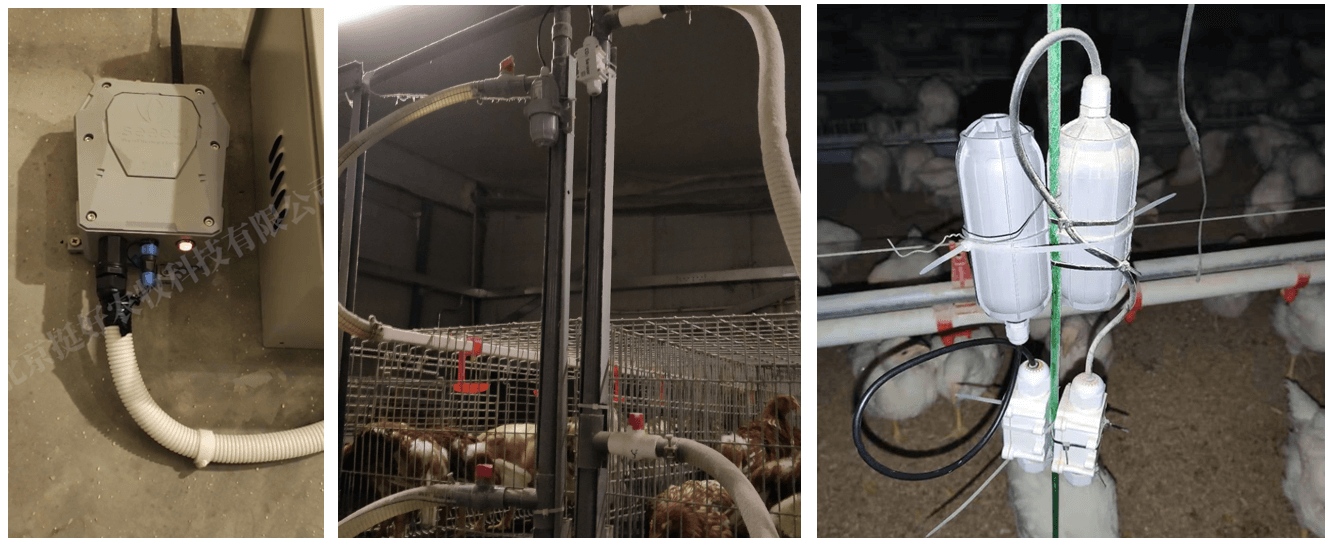
Figure 4. SenseCAP Gateway and CO2 Sensors Deployed in Indoor and Outdoor Poultry Farms
Primarily, there are 3 reasons why SenseCAP became Kinghoo AgroTech’s top choice in constructing IoT solution in their poultry farms: i) watertight, dustproof and robust products; ii) cost effectiveness of low-power, long-battery, and long-distance sensors and gateway; iii) simple installment procedure.
First, when it comes to the growth and health conditions of chickens, regulating appropriate CO2, light intensity, air temperature and humidity levels is essential. Nevertheless, poultry farmers expressed that it has been challenging for them to detect and identify every single environmental condition inside their animal farms, because there are too many uncontrollable variables. Concerning the accurate measurement of air temperature and humidity in poultry farming, it requires sensors to be installed nearby the ground full of animal wastes and dust, and to be robust enough not to be hindered by animals’ movements. Luckily, these poultry farmers’ nightmares can be easily addressed by SenseCAP LoRaWAN sensors. Our SenseCAP LoRaWAN products are industrial-grade products with robust functionality, which is why they are difficult to be destroyed by animals’ knocking or scraping behaviors. Furthermore, since the products are safely nestled in IP66 enclosures, they are waterproof and dustproof. That means, uninterrupted data transmission from sensors. Besides, the optimal breathable aperture gives the SenseCAP CO2 sensor functionalities as high performance with accuracy. On this backdrop, SenseCAP sensors are the suitable gears that can be deployed in chicken farms and other poultry farming scenarios (Figure 5).
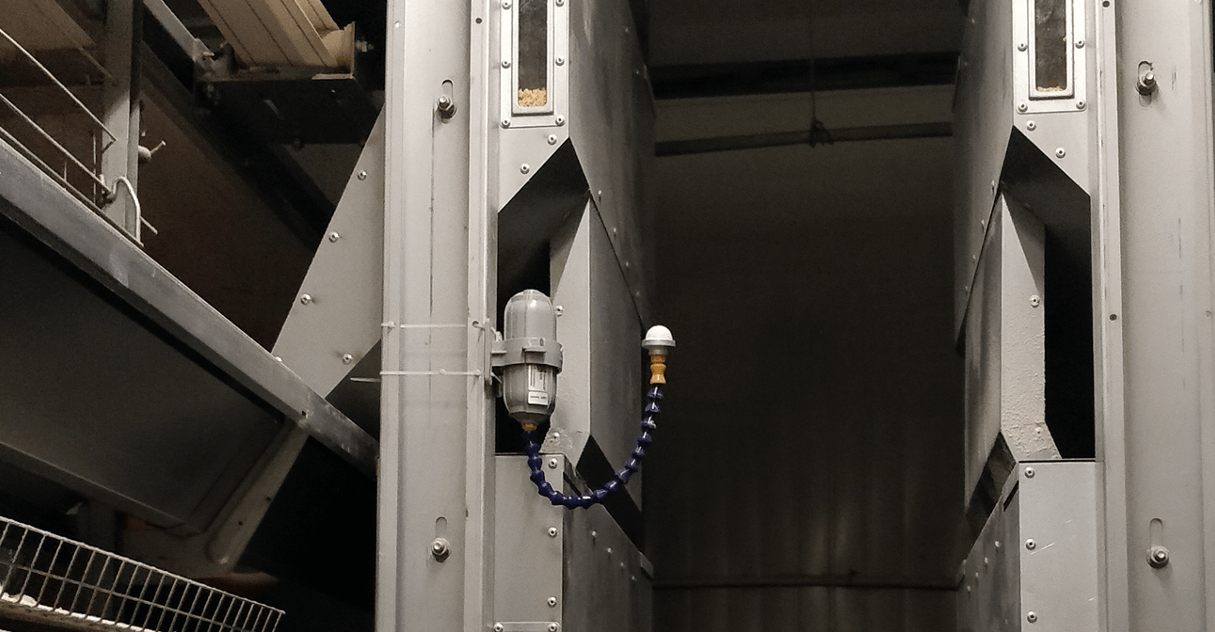
Figure 5. SenseCAP Light Intensity Sensors Deployed in an Indoor Poultry Farm
Second, SenseCAP supports LoRaWAN technology, which is how the wireless sensors deployed in the farm can work over long distances with low-power consumption gears for 3-8 years (yes, the battery lifespan!). Now, you might be wondering how many gateways are needed to be installed. Interestingly, we just need one SenseCAP LoRaWAN gateway in a control room, which can be connected with hundreds of sensors deployed in multiple farms. More excitingly, the maximum transmission distance stretches up to 2km including obstacles. This makes the farmers’ lives easier as SenseCAP LoRaWAN sensors can obtain real-time data for every 5 minutes, which will be transferred to our Cloud Server, and then to our partner’s platform where farmers can check all the integrated and updated data (Figure 6). From the perspective of farmers, our sensors are user-friendly as they do not let them to constantly check the chicken farms manually, and replace the batteries frequently. Namely, SenseCAP products can greatly reduce poultry farm management costs.
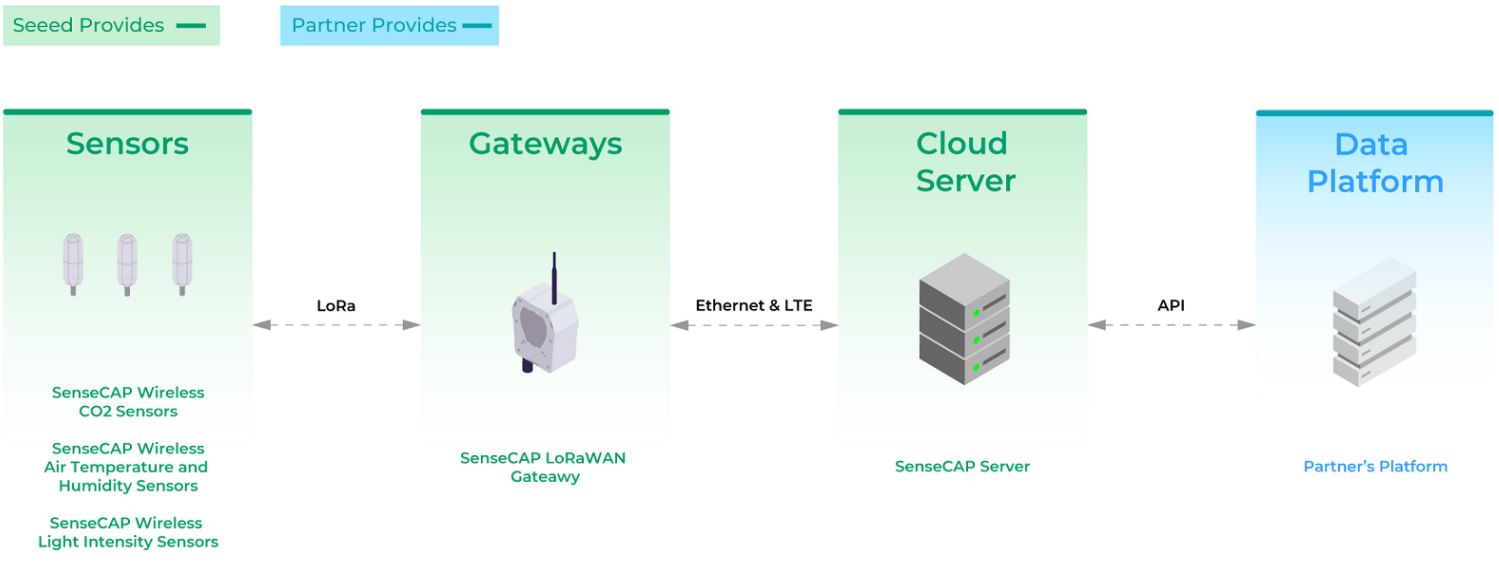
Figure 6. System Deployment Diagram of Smart Poultry Farming Project
Third, every subtle difference can give rise to unforeseen externalities. In particular, animals are sensitive to volatile environmental variables in animal husbandry – such as harmful gas concentration, non-efficient ventilation, accumulation of feces, ammonia and CO2 level – for which IoT sensors are needed to reduce potential mortality rate. Fortunately, SenseCAP LoRaWan sensors are wireless and easy-to-disassemble-and-reinstall products. It is practical for users to remove them temporarily while clearing and disinfecting the poultry farms, and they replace the manual workload of setting up 10-20 meter-long wires around giant animal farms.
For your information, SenseCAP LoRaWAN sensors and gateways deployed in the poultry farms of this Project include:
- SenseCAP Outdoor Gateway – LoRaWAN
- SenseCAP Wireless CO2 Sensor – LoRaWAN
- SenseCAP Wireless Air Temperature and Humidity Sensor – LoRaWAN
- SenseCAP Wireless Light Intensity Sensor – LoRaWAN
Ever since the successful implementation of this pilot project, it has been scaled up in various farms all across China since January 2020, and SenseCAP and FRAMZAI will be replicated in many African countries in the near future – Kenya, Uganda, Tanzania, and South Africa.
In short, the collaboration with Kinghoo AgroTech, is a great example showing why the SenseCAP series is the coolest innovation for poultry farming applications, and other categories of animal husbandry, for its accurate and real-time environmental sensing IoT technology. According to Niraj Prajapati, the CEO of Kinghoo AgroTech, SenseCAP is easy to install without disrupting the operation of farms because of its wireless feature, compact size, and advanced battery-backed architecture:
“SenseCAP products are important ingredients in our smart farming solution, which we are providing to our domestic and international customers. SenseCAP LoRaWan sensors, which are wireless, and their futuristic ergonomic design have cut down our implementation time from 3-4 weeks to a couple of days. SenseCAP’s entire product line is an integral part of our current and future road map.”
“Smart farming is not limited to poultry [farming]. We also have customers in pig farming and cow-farming. So, the SenseCAP has been deployed in other farming [scenarios]. … It was not at all difficult for us to scale-up. First of all, when deploying SenseCAP solutions, it’s a real differentiation from other competitors in the market. In traditional farming, they deploy wired sensors, which are limited to measuring temperature and humidity. … That’s not the ideal condition to monitor the farm conditions. Second, animal locations. If you look at the poultry [farms], they’re raised in different [layers of] cages. The temperature difference between each cage and each layer is quite different. SenseCAP gives us the ability to monitor different spaces inside the [farm] house, so now, able to monitor all the data more accurately and shift the devices more easily than the traditional [sensors]. Third, when we completed the pilot, the customer … wanted to deploy the solution to other 20 [farm] houses. Deployment of SenseCAP sensors is done quickly, since we just need to add the sensors, … so, scale-up is quite easier compared to the traditional, wired sensors.”
Which SDGs Are Relevant?
By applying our SenseCAP LoRaWAN series to Smart Poultry Farming Project, we are striving hard to achieve the UN’s SDGs in the following (Figure 7):
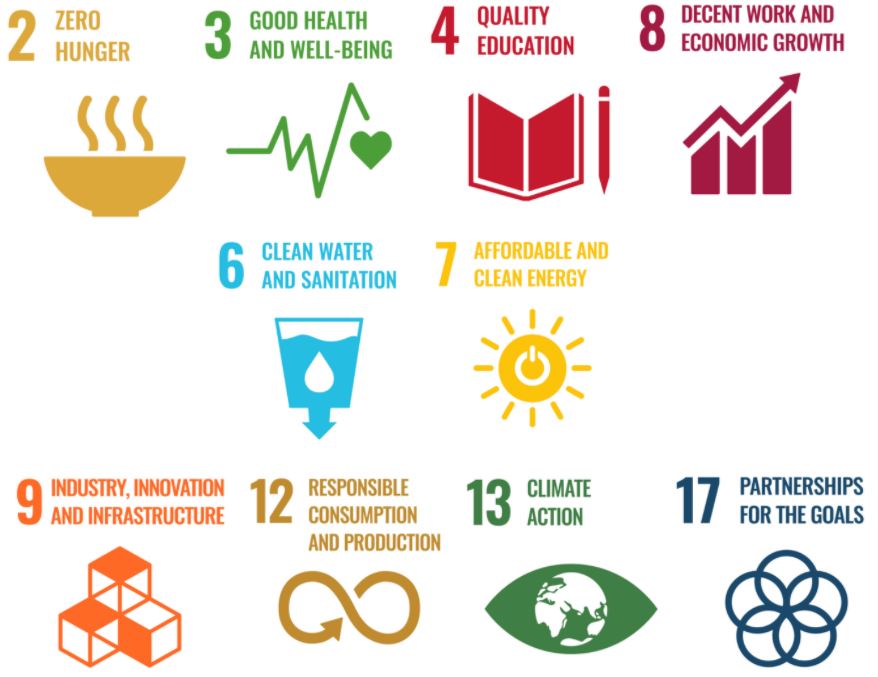
Figure 7. Smart Poultry Farming Project’s SDG Contribution (UN, 2016)
Based on the SDGs above, we took a closer look at their specific Targets, which can resonate the possible innovations SenseCAP may engender in the animal husbandry sector:
- Eliminate hunger and ensure access to safe and nutritious food to all (Target 2.1)
- Adopt sustainable food production system and resilient agricultural practices to adapt to climate change and changing weather patterns (Target 2.4)
- Decrease the number of deaths and diseases from harmful chemicals and air/water/soil contamination (Target 3.9)
- Augment the number of people with technical and vocational knowledge (Target 4.4 & 12.A)
- Increase economic productivity through technologically up-scaling labor-intensive sectors, as well as resource efficiency (Targets 8.2 & 8.4)
- Greatly increase water-use efficiency in every industry (Target 6.4)
- Increase global energy-efficiency (Target 7.3)
- Upgrade technological and sustainable industrialization (Targets 9.2 & 9.5)
- Materialize sustainable consumption and production programs, including halving the global food waste in production and safe management of chemicals (Targets 12.1, 12.3 & 12.4)
- Include mechanisms for addressing climate change by capacity building (Targets 13.2 & 13.B)
- Deploy environmentally-sound technologies through multi-stakeholder partnerships from public, private, and civil society sectors (Targets 17.7, 17.16 & 17.17)
By now, you might have discovered that the Targets of SDGs are overlapping with one another, or share similar characteristics. This is because the SDGs are interconnected in nature, which is why achieving one SDG may affect other SDGs positively, negatively, or neutrally. For this reason, the UN emphasizes the value of achieving all the SDGs holistically, rather than working for specific SDGs in silos. This is why, Seeed is passionate about working with partners from all types of industries, with whom we can be the better versions of ourselves: Potential Sustainability Champions.
About Author
Ye Seong SHIN
Sustainability and CSR Manager at Seeed Studio
。
Jointly organize/participate in multi-stakeholder projects/platforms/events/webinars/workshops/hackathons/etc. to accelerate SDGs with local communities and open tech anywhere in the world by connecting with Ye Seong SHIN today on LinkedIn.
。
Seeed Studio is the IoT and AI solution provider for all types of traditional industries’ sustainable digitalization. Since its establishment in 2008, Seeed Studio’s technological products and customization services are used for smart agriculture, smart cities, smart environmental monitoring, smart animal farming, smart aquaculture, meteorological monitoring, STEAM education, and all types of emerging scenarios enabled by the Industry 4.0. With the company’s mission to “Empower Everyone to Achieve Their Digital Transformation Goals” (which shares similar values with SDGs’ Motto of “Leave No One Behind”), Seeed Studio is devoted to using open source technologies for accelerating SDGs with multi-stakeholders from UN agencies, academia, companies, CSOs, governments, public/private organizations, and so on. This is why, Seeed Studio also founded “Chaihuo Maker Space”, and started China’s first Maker Movement by annually organizing “Maker Faire Shenzhen”.

